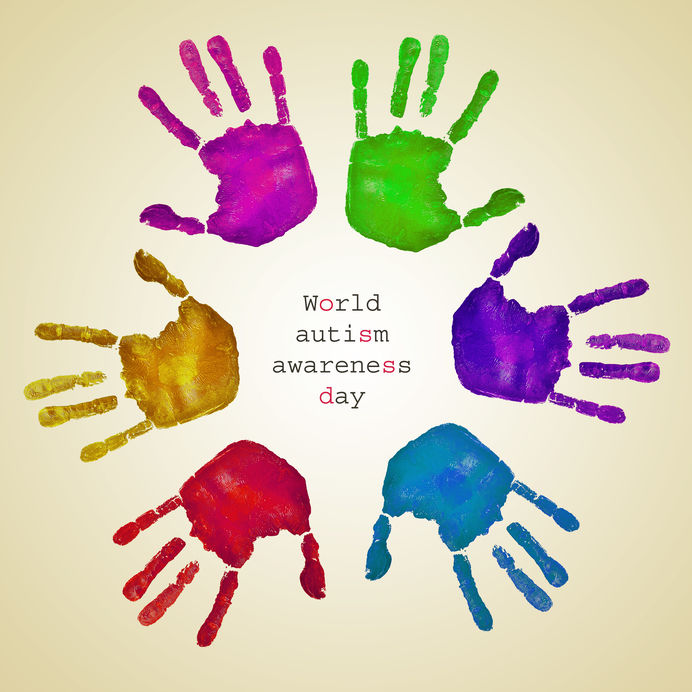
Lately, there have been numerous reports of shops and eateries turning away Mandarin-speaking customers amid COVID-19 scares. A common defense goes like this, “People are not happy that there hasn’t been a complete shutdown of the city’s borders, and they are doing whatever they can to contain the spread of the virus.”
But as EOC Chairperson, Mr Ricky CHU Man-kin wrote in a recent article published by
Hong Kong Free Press,
South China Morning Post and
EJ Insight, “even the most sensible objective can be marred by the way it is pursued. As the saying goes, the end does not always justify the means. Is what you are doing actually relevant to your stated goal? Are there alternative ways to achieve the same objective without affecting a disproportionate number of people?”
These may sound like boring technicalities to some, but in certain cases they may go to determine whether an act violates Hong Kong’s anti-discrimination ordinances. Read the article now and find out why.
Read Mr Chu’s article
2

Many schools have taken classes online in a bid to minimise disruptions to students’ education amid the pandemic. A great source of teaching materials lies in the EOC’s YouTube channel, launched in 2008 to promote the message of diversity and inclusion through a variety of engaging videos.
To date, more than 280 videos have been uploaded to the channel, including documentaries produced by the EOC and winning works from multimedia competitions organised by the EOC in the past.
The documentaries, in particular, come with a learning kit that features discussion questions and activity ideas to facilitate students’ understanding of issues related to equal opportunities, ranging from sexual harassment and barrier-free design to the language barrier facing ethnic minorities in the city. Teachers are welcome to tailor these ideas to suit the interests and abilities of their students.
EOC documentaries at a glance
Download the learning kit
Subscribe to EOC’s YouTube channel
3

From the Netflix coming-of-age series
Atypical to Hong Kong’s own production
Tomorrow is Another Day, media representation of people with autism spectrum disorder (ASD) has burgeoned in the past couple of years. Whether it is the thrills and tribulations of dating, the challenges of adapting to college, or the fulfilling and frustrating moments in the life of carers, portraits of people on the spectrum are becoming more nuanced, humane and well-rounded than ever.
To honour the World Autism Awareness Day on 2 April, Mr Ricky CHU Man-kin, Chairperson of the EOC, contributed an article to
am730 and called on everyone to make a bigger effort to remove the stigma around ASD.
“For some people on the spectrum, disruptions to their daily routine caused by the COVID-19 outbreak, such as class suspension, may lead to unease and anxiety,” wrote Mr Chu. “We can all play a role in showing our support – by sharing accurate information about ASD, checking in on friends and family members who look after people with ASD, and celebrating inclusive workplace practices that are ASD-friendly.”
Read Mr Chu’s article (Chinese only)
About World Autism Awareness Day
4

The maximum level of support for each employee with disabilities under the Social Welfare Department (SWD)’s Support Programme for Employees with Disabilities has been raised from $20,000 to $40,000 with immediate effect.
Open for application year-round, the programme was launched in June 2013 to subsidise employers for procuring assistive devices and/or carrying out workplace modifications for employees with disabilities, so that they could discharge their duties more efficiently.
A wide range of assistive devices and workplace modifications are considered under the programme. Examples include computer accessories or adaptive equipment, optical magnifying devices, hearing and assistive devices, Braille products, handrails and many others. Click the links below to learn more.
More about the programme
Reference list of supported items
Apply now

 Lately, there have been numerous reports of shops and eateries turning away Mandarin-speaking customers amid COVID-19 scares. A common defense goes like this, “People are not happy that there hasn’t been a complete shutdown of the city’s borders, and they are doing whatever they can to contain the spread of the virus.”
Lately, there have been numerous reports of shops and eateries turning away Mandarin-speaking customers amid COVID-19 scares. A common defense goes like this, “People are not happy that there hasn’t been a complete shutdown of the city’s borders, and they are doing whatever they can to contain the spread of the virus.” Many schools have taken classes online in a bid to minimise disruptions to students’ education amid the pandemic. A great source of teaching materials lies in the EOC’s YouTube channel, launched in 2008 to promote the message of diversity and inclusion through a variety of engaging videos.
Many schools have taken classes online in a bid to minimise disruptions to students’ education amid the pandemic. A great source of teaching materials lies in the EOC’s YouTube channel, launched in 2008 to promote the message of diversity and inclusion through a variety of engaging videos. From the Netflix coming-of-age series Atypical to Hong Kong’s own production Tomorrow is Another Day, media representation of people with autism spectrum disorder (ASD) has burgeoned in the past couple of years. Whether it is the thrills and tribulations of dating, the challenges of adapting to college, or the fulfilling and frustrating moments in the life of carers, portraits of people on the spectrum are becoming more nuanced, humane and well-rounded than ever.
From the Netflix coming-of-age series Atypical to Hong Kong’s own production Tomorrow is Another Day, media representation of people with autism spectrum disorder (ASD) has burgeoned in the past couple of years. Whether it is the thrills and tribulations of dating, the challenges of adapting to college, or the fulfilling and frustrating moments in the life of carers, portraits of people on the spectrum are becoming more nuanced, humane and well-rounded than ever. The maximum level of support for each employee with disabilities under the Social Welfare Department (SWD)’s Support Programme for Employees with Disabilities has been raised from $20,000 to $40,000 with immediate effect.
The maximum level of support for each employee with disabilities under the Social Welfare Department (SWD)’s Support Programme for Employees with Disabilities has been raised from $20,000 to $40,000 with immediate effect.